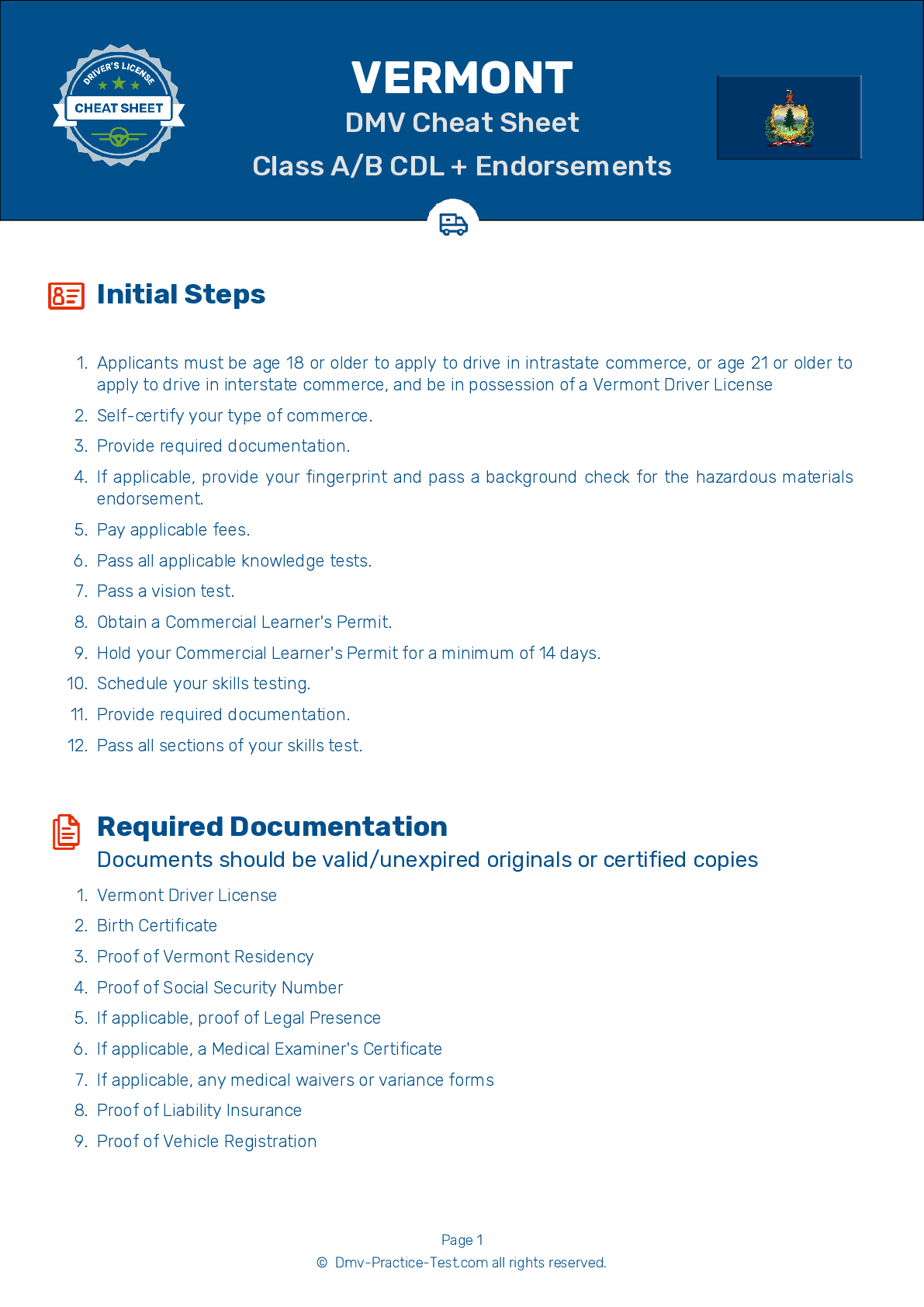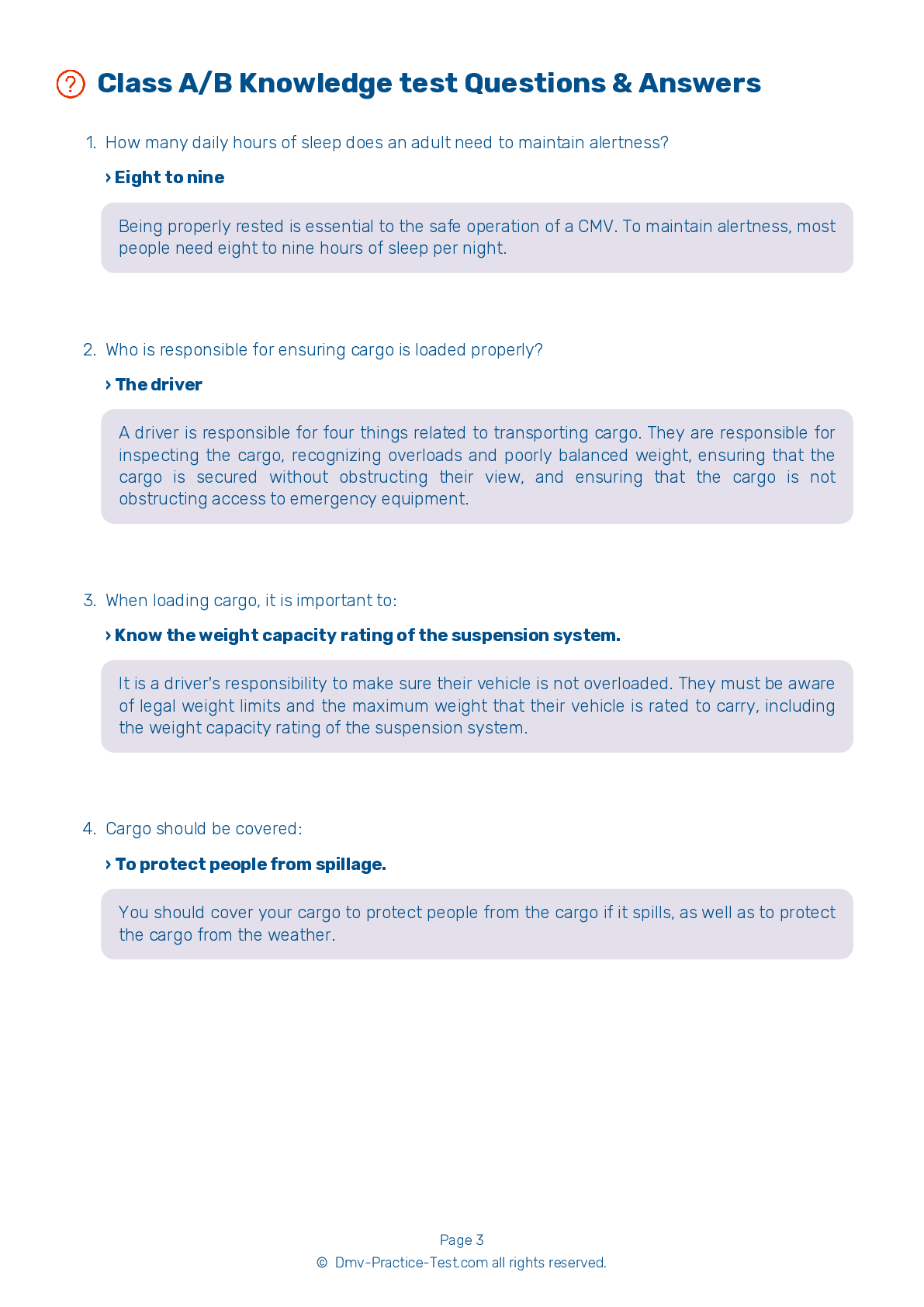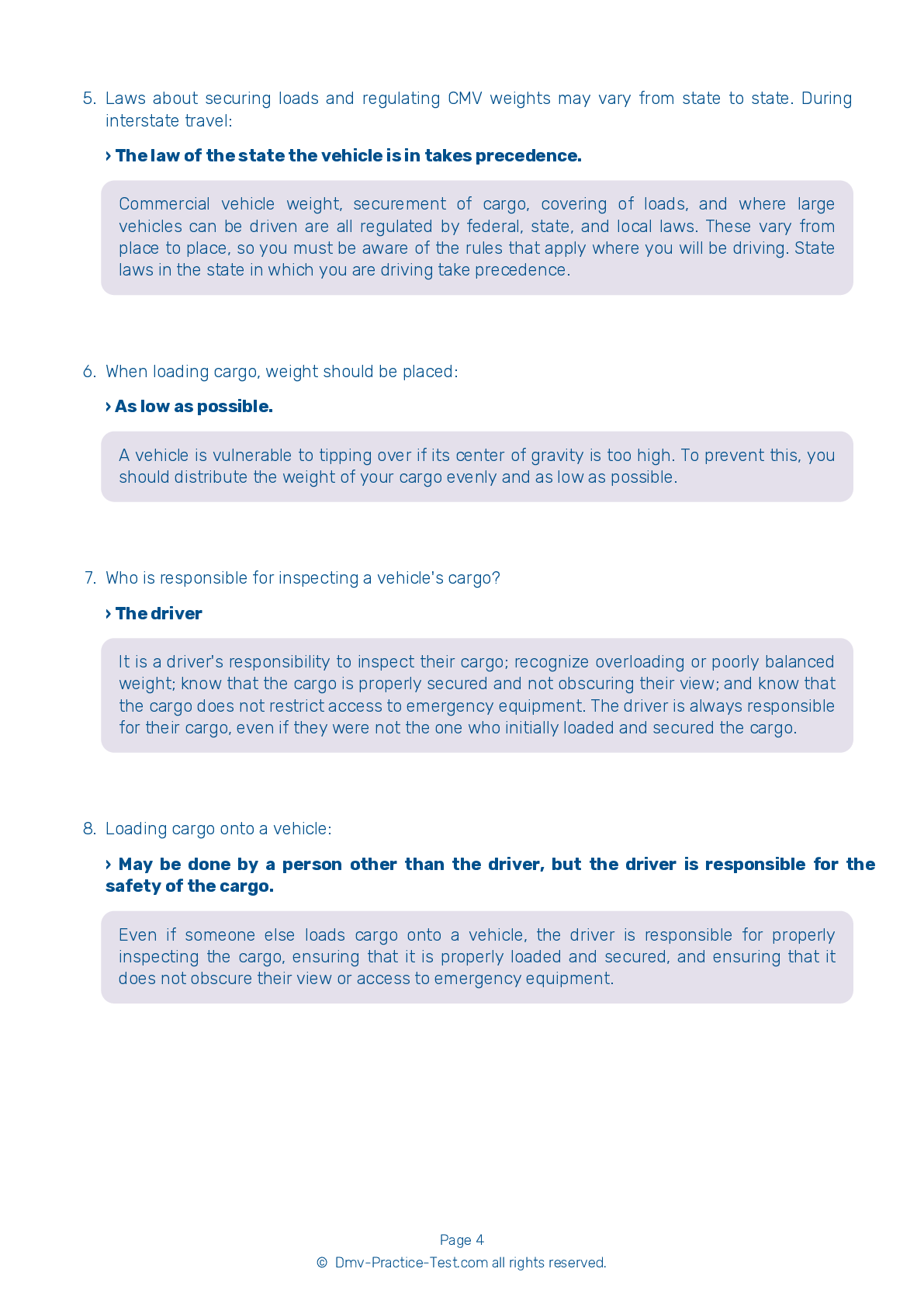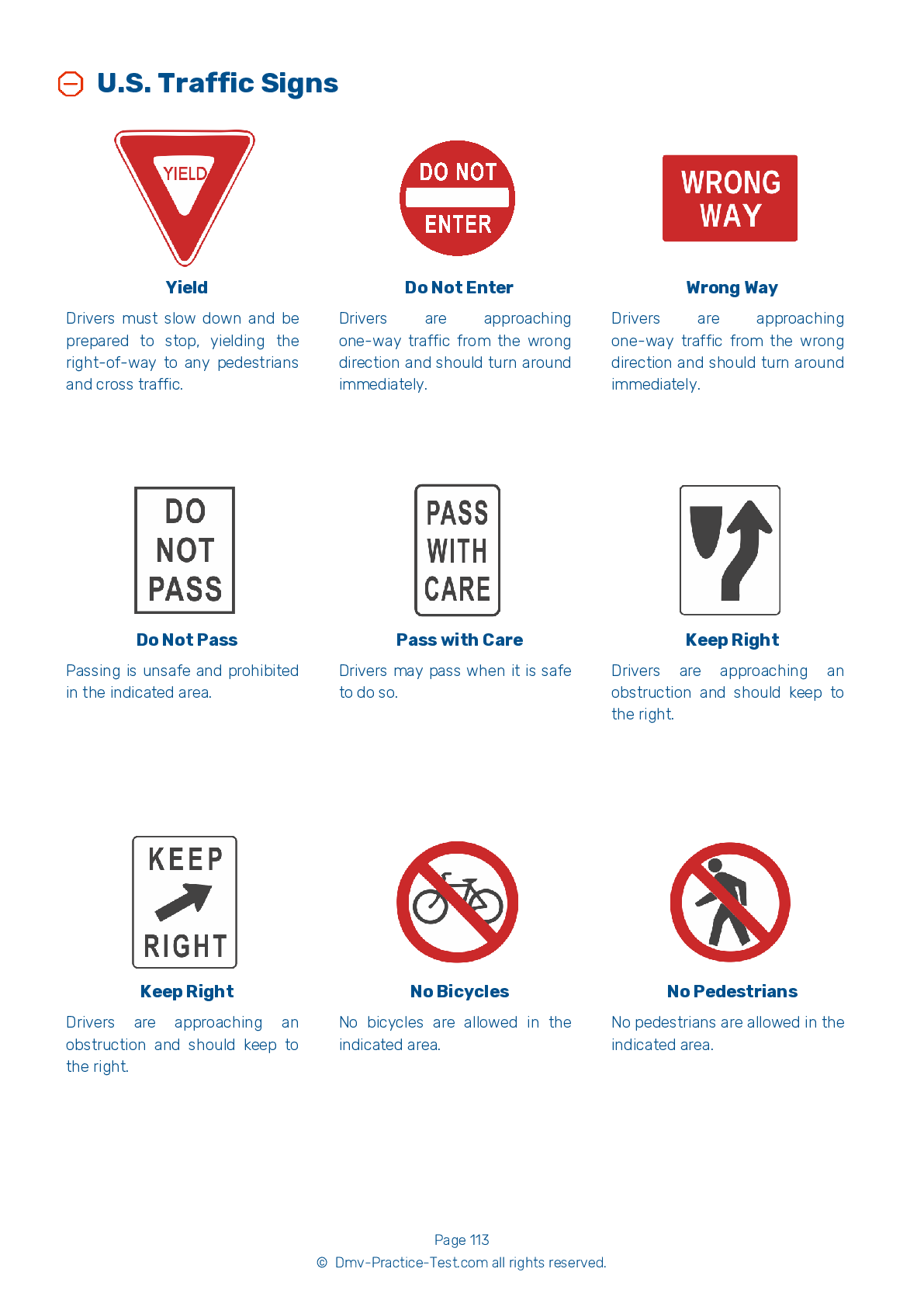Passenger Endorsement | Vermont 2026 #1
Train for FREE with our Vermont CDL passenger endorsement practice test online. The official exam test consists of several obligatory parts, with all of them checking your knowledge of different blocks of road rules. If you need to obtain a VT DMV passenger endorsement in 2026, practice as much as possible. Free sample tests published on our website will help you check and improve your knowledge and boost your grades. Please bear in mind that DMV requirements for issuing a CDL permit with passenger endorsement may vary from state to state.
1 . On a curve, the posted speed limit:
The posted speed limit on a curve may be safe to be taken by cars, but can still be too fast to be taken by larger vehicles, such as trucks. An operator driving their truck at the posted limit on a curve could cause their vehicle to tip over.
2 . If you see taillights ahead while you are driving in fog:
When driving under foggy conditions, lights cannot be taken as a reliable indication of where the road is. The lights may be coming from a vehicle that has pulled off the road.
3 . Texting while driving is especially dangerous because:
Texting while driving is particularly dangerous because it is both a mental and physical distraction to the driver. In addition to diverting a driver's mental attention away from the road, texting requires a person to remove at least one hand from the vehicle's controls.
4 . Backing with a trailer is dangerous because:
Backing up is always dangerous because it is impossible to see everything that is behind you. Only drive in reverse if it is absolutely necessary.
5 . Which of the following is not an indicator of when to change gears?
There are two indicators that determine when you need to shift into a higher gear. One indicator is the engine speed (rpm). You should read your vehicle's manual to learn its rpm range and shift up when you reach the top of that range. The other indicator is road speed (mph). You should learn which speeds each gear can accommodate, then keep an eye on the speedometer and shift up as needed.
6 . When a vehicle is started, the coolant temperature should:
After an engine is started, the coolant temperature should rise gradually to a normal operating range.
7 . You may be an aggressive driver if you:
Avoid being an aggressive driver by being realistic about your travel time, making allowance for delays, maintaining reasonable following distances, and not making hand gestures that could anger another driver.
See the exact questions that will be on the 2026 Vermont DMV exam.
99.2% of people who use the cheat sheet pass the FIRST TIME
Lillian MCcranie explains how our CDL study guide was helpful in passing the exam and recommends it to everyone.
Cameron tells us how he purchased the CDL exam, and found it to be a useful tool which helped him pass the exam and find a job.



